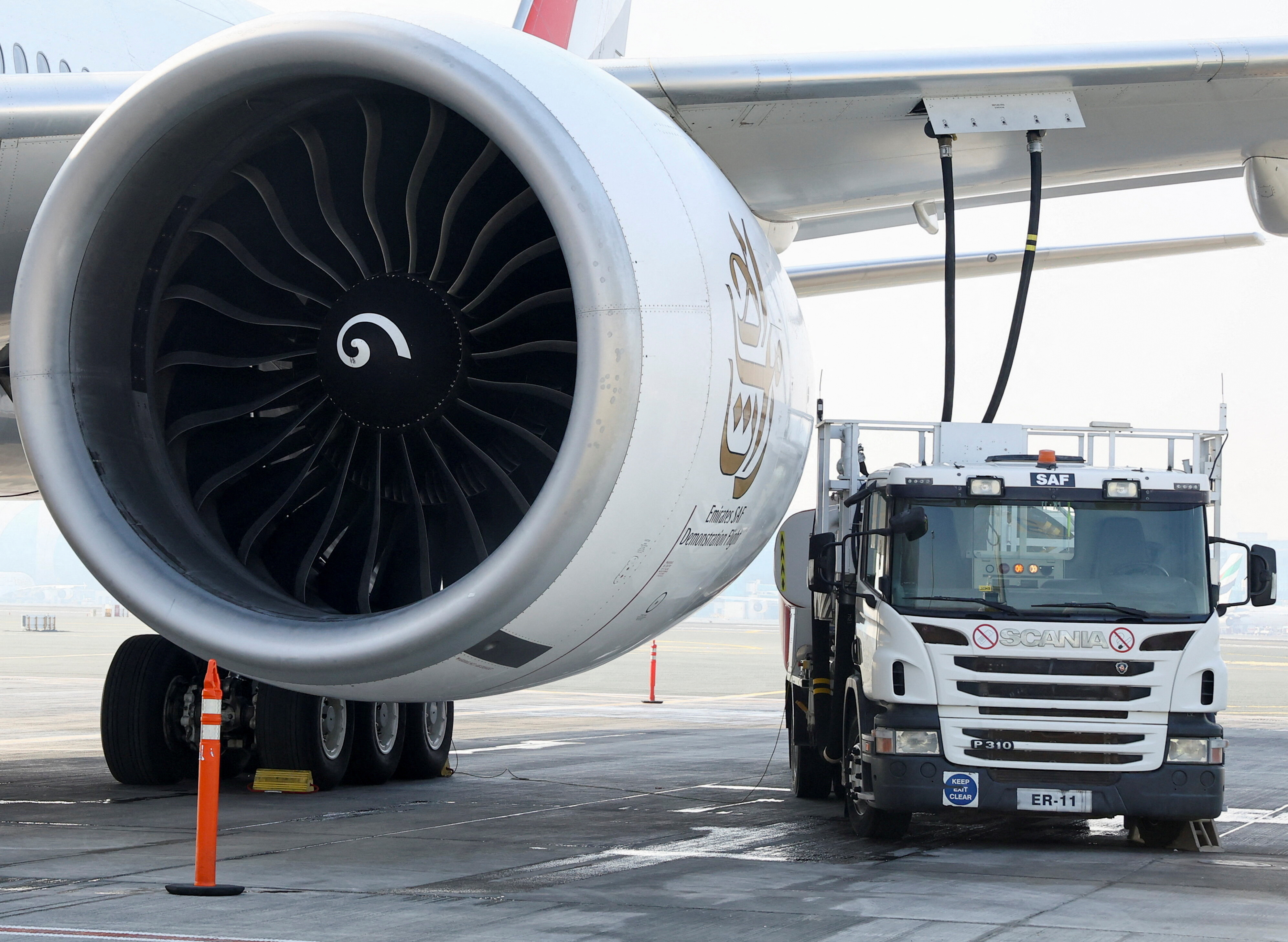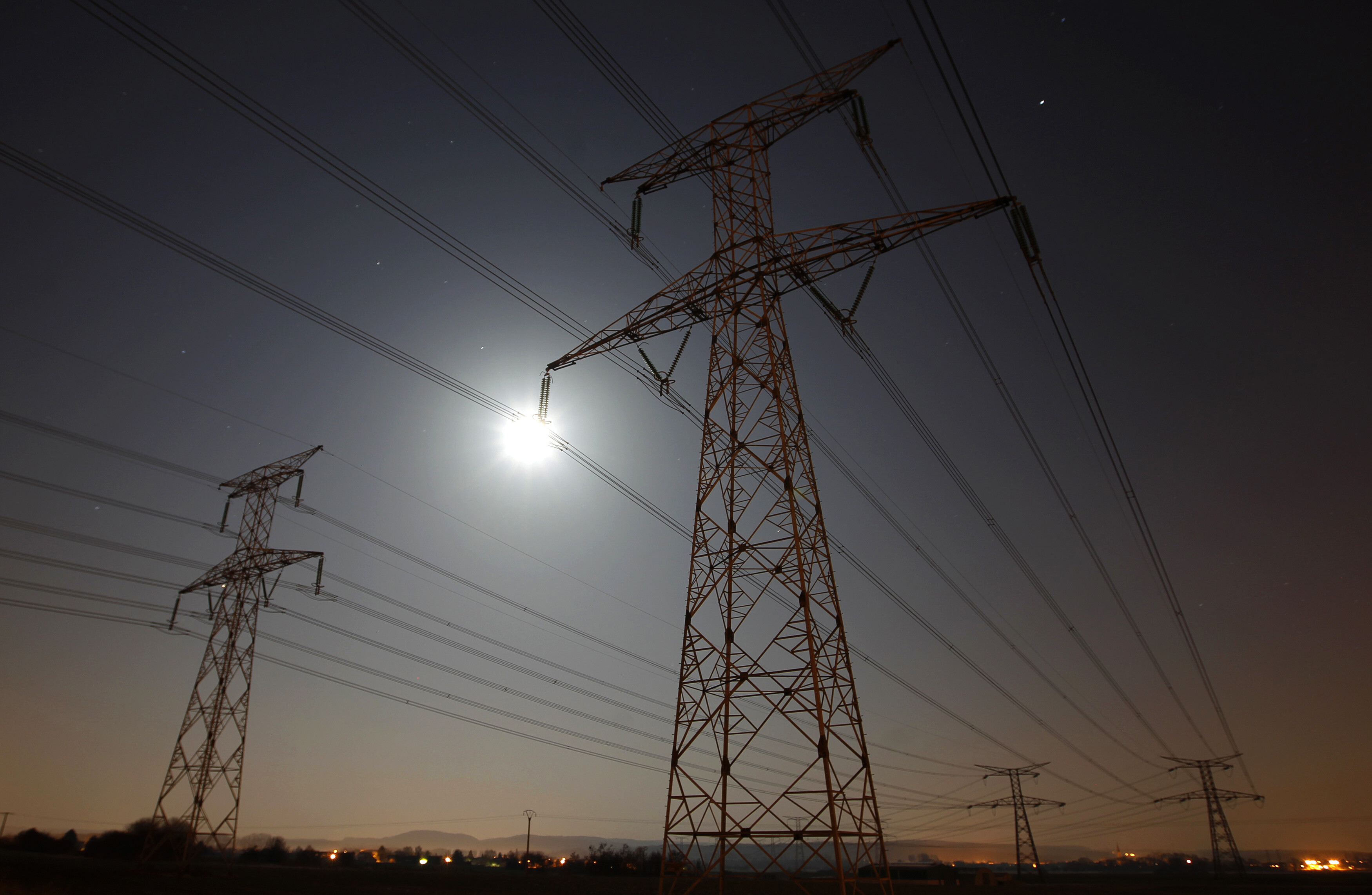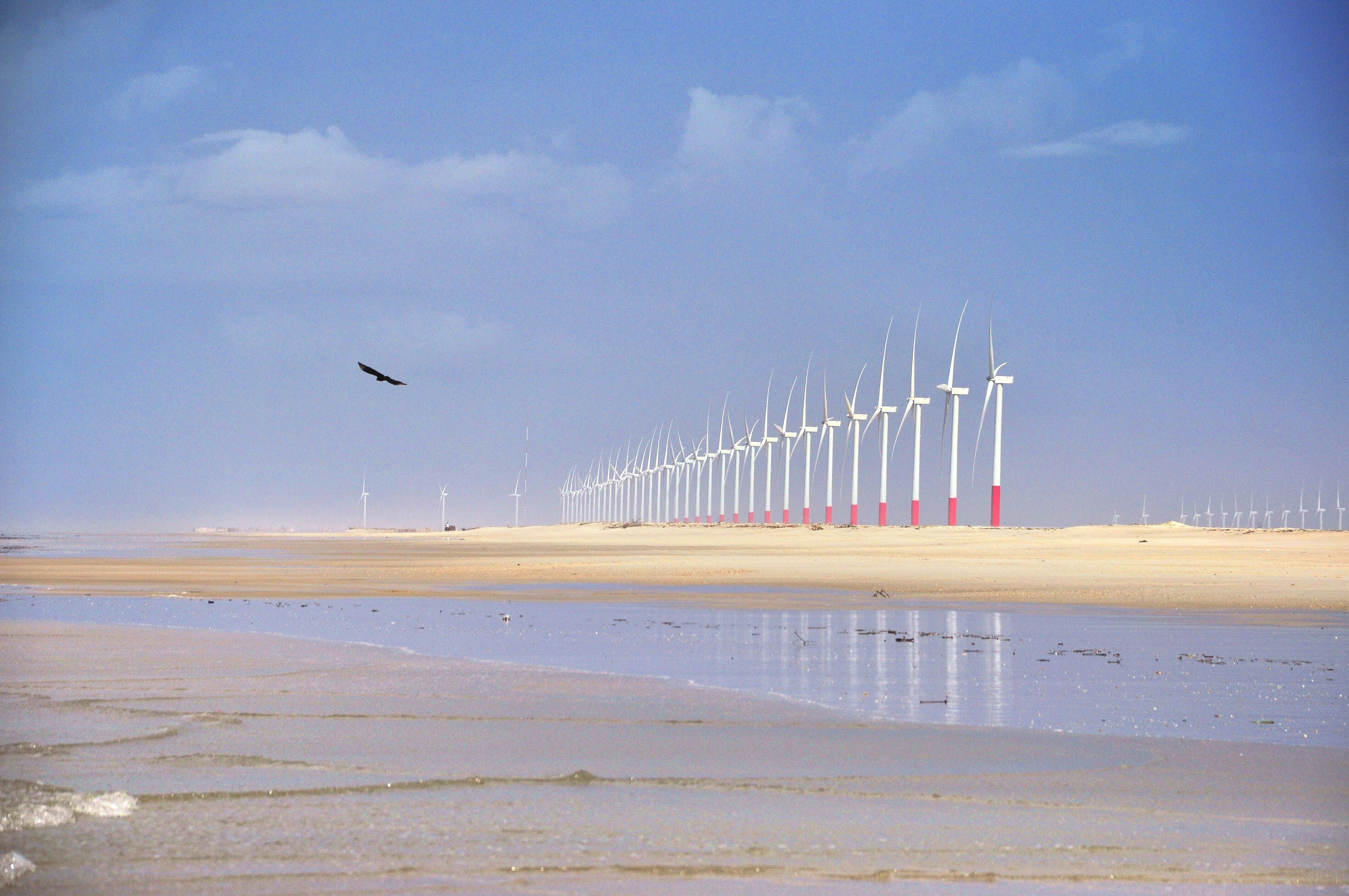Why access to electricity is key for Africa

Image: REUTERS/Siphiwe Sibeko
In August 2013, Facebook launched their Internet.org project. The idea was excellent: it brought together leading global businesses to focus on internet affordability, efficiency and access in developing countries, in order to bring online the remaining two-thirds of the world not currently connected.
The internet has clearly, radically changed our lives. Without it, I couldn’t share my thoughts with you as I am now, from my office in Rome. In fact, Enel, the global power utility I work for, has just launched a new business committed to spending €2.5 billion to improve internet access in Italy, a country currently punching hopelessly below its weight in terms of internet speed.
Before efforts are made to tackle that, universal access to electricity, as called for in the United Nations Sustainable Development Goals, should be addressed: over 1 billion people in the world still have no access to electricity – about 700 million of whom are Africans.
Why is electricity so important for Africa?
Can you imagine a world with internet but without electricity? Apart from the fact that all internet-enabled devices require electricity to function, if you had to choose between a week without the internet and one day without electricity, which would you choose? I believe we'd all agree on the answer: the internet is nice, but electricity is necessary.
Electricity allows us to improve food production and conservation; it means purified water and deeper wells; and better medical care. Electricity enables education, as illustrated by the story of Daniel Cabrera, doing his schoolwork by the light of a restaurant window.
It’s really when we think of children like Cabrera in the Philippines – and there are many like him in Africa – that we can appreciate the difference: while the internet has allowed us to learn of his moving story, the story itself is one of electricity access: his lack of it at home, and what the glow from a restaurant window helps him to achieve.
How do we give electricity access to 100% of the population of the planet?
The good news: renewable energy
The good news is that the future of universal electricity access lies in clean and evermore efficient renewable energy. It is now possible to sustainably produce power, even in areas devoid of fossil fuel and biomass, or in hard-to-reach, isolated locations. The sun reaches us everywhere; and in combination with other renewable resources, it’s possible to boost production efficiency. At the same time, we continue to consistently drive costs down year after year. This is not the future, it is the present. The Stillwater plant in Nevada is the first hybrid renewable energy project in the world to combine three different renewable-energy technologies, leading to greater efficiency and production capacity.

Renewable energy allows us to tackle a problematic paradox that has existed since the Kyoto protocols pitted the developed countries against the developing ones: economic development and the environment. The economic development of developed countries has already taken place, without ever having had to consider the impact of their decisions on the environment. For the developing countries, in the full swing of industrial growth and social development, any restricting factor arising from environmental concerns is a major source of frustration, but one that we are now all committed to taking into account.
How will we deliver electricity to rural and remote areas?
Access to electricity in developed economies was helped by urbanization. Over the years, power grids have become much more widespread, but at the same time the world’s population is increasingly aggregating in urban centres, where it is easier to access electricity.
Almost all of the 1.2 billion human beings who still do not have access to electricity live in rural or remote areas, mainly in Asia and sub-Saharan Africa. The challenge there is as much about the infrastructure as that of internet access: we need to find new ways to connect areas where it would cost too much to build infrastructure.

How to close Africa's electricity gap
Internet.org teaches us two things: the first is that complex problems can only be solved in collaboration with partners. The second is that combining existing technologies can produce something bigger than the sum of the parts.
Technology today allows us to experiment with alternative solutions to power grids. Enel is a partner of Liter of Light, a magnificent project that transforms a bottle full of water and bleach into a 55W lightbulb, lighting poor households across Kenya and South Africa. This is one example of the many creative ideas – of varying levels of technological complexity – that are being deployed across the continent.
The most promising of all of these are the storage technologies: Tesla’s Powerwall, for instance, makes it possible to have electricity storage at home. Combining a Powerwall with a photovoltaic system in South Africa (where millions of people still lack access to electricity) will allow a remote farmhouse to have clean, renewable energy 24/7.
The role of power utilities
This challenge of electrification is a coin with two sides. On one side, every for-profit enterprise has the fiduciary duty to always act in the best interests of its shareholders. On the other, it is clear that we have a duty to do what we can, with the resources that we have available to us, to support and promote the advancement of economies and societies that need it.
At the nexus of these two imperatives are the leaders of the power utility sector, those who place sustainability at the centre of their business model. Innovators such as Enel, who are leading the ongoing development and deployment of renewable energy technologies, smart grids and pioneering solutions like hybrid generation systems, are best placed with the tools and expertise to tackle the electricity gap. Teaming up with the right technologies and partners in mechanics and software, to conceive and develop the most promising solutions, is a crucial part of the equation.
And it will be they, the businesses which are positioning themselves today to balance this equation, who will deliver the leading shareholder returns as they support an expected growth of 70% in electricity demand for the 9 billion people who will populate the planet in 2040.
This article is part of our Africa series. You can read more here.
The World Economic Forum on Africa is taking place in Kigali, Rwanda from 11 to 13 May.
Don't miss any update on this topic
Create a free account and access your personalized content collection with our latest publications and analyses.
License and Republishing
World Economic Forum articles may be republished in accordance with the Creative Commons Attribution-NonCommercial-NoDerivatives 4.0 International Public License, and in accordance with our Terms of Use.
The views expressed in this article are those of the author alone and not the World Economic Forum.
Stay up to date:
Africa
Related topics:
Forum Stories newsletter
Bringing you weekly curated insights and analysis on the global issues that matter.
More on Energy TransitionSee all
Noelia Garcia Nebra
November 18, 2025






